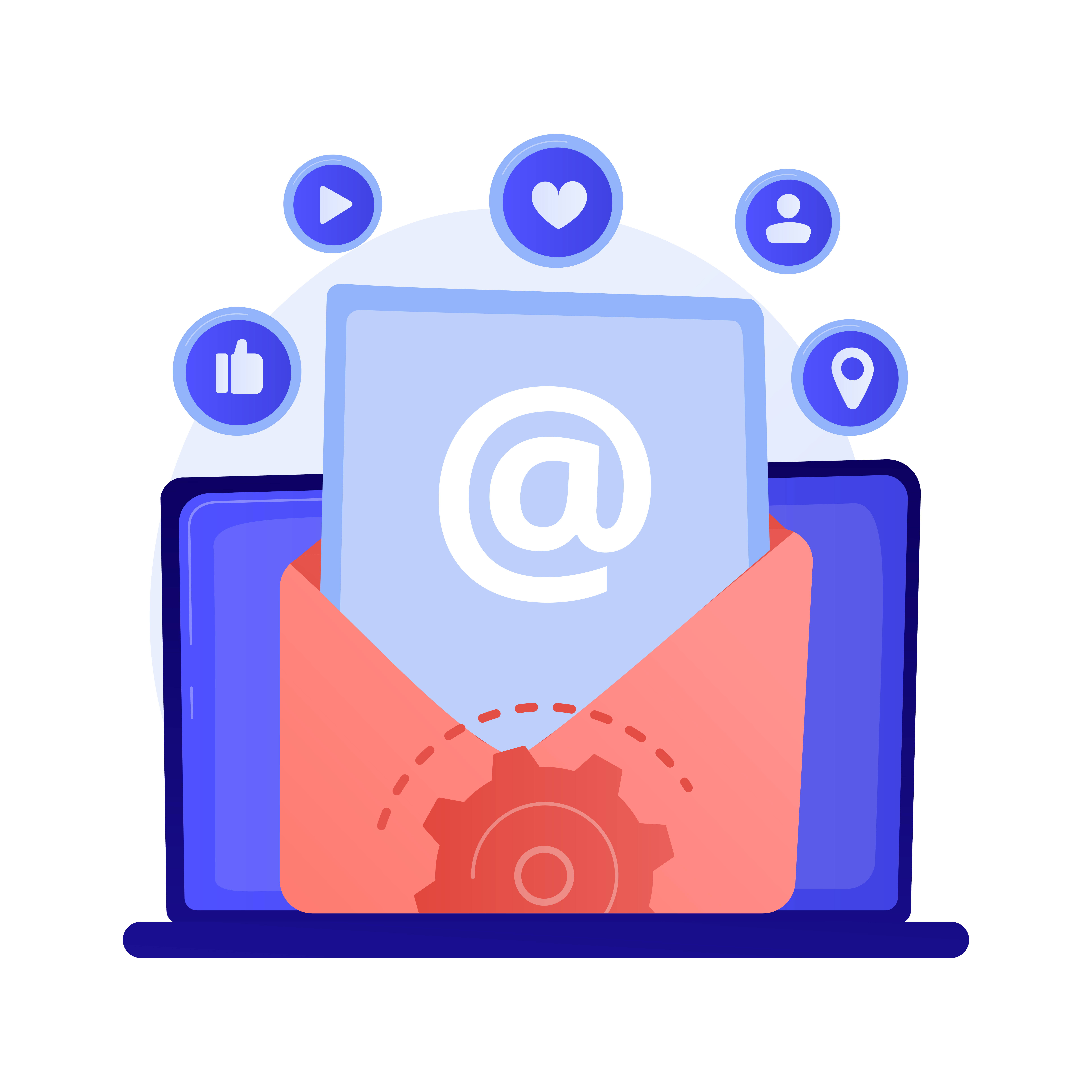The role of graphic microelements in e-mail signatures – what does the brain see and what does the recipient not see?
July 17, 2025

What are graphic microelements?
In the context of email signatures, we are talking about details such as:
- social media icons, phone icons, location icons,
- thin lines separating sections,
- spacing between elements,
- rounded corners on CTA buttons,
- the background color of the job title field,
- margins and padding,
- font size and weight compared to the rest of the email.
They do not directly affect the content of the message, but they shape the context in which it is perceived.
What does the brain see before the human eye?
The human brain needs about 0.1 seconds to form an opinion about a person based on an image. In the case of an email signature, this “image” is created by microelements. What does this mean?
- If something is misaligned, the recipient will not notice, but may perceive the sender as less professional.
- If the colors are inconsistent with the branding, it subconsciously creates an impression of organizational inconsistency.
- If the HTML email signature is graphically well thought out, the recipient feels trust without even knowing why.
Microaesthetics = micro effect?
No. The effect can be macro.
Here are a few examples of how microelements work in practice:
1. Contact icons
Instead of writing “tel.”, add a phone icon. Not only does this shorten the text, but it also automatically directs the user's gaze to where you want it – to the contact details. It's a detail that works faster than words.
2. Lines and separators
A small horizontal line separating personal data from the promotional part (e.g., with a CTA or banner) organizes the content and reduces perceptual chaos. The brain “reads” blocks of information better than long strings of text.
3. Consistent color palette
Is the background color in the “position” field consistent with the company's colors? Great idea. The recipient's brain encodes this as professionalism and order. Inconsistency? The recipient can't name it, but they start to... doubt.
4. CTA, or subtle encouragement
A “See offer” button with slightly rounded corners and a contrasting color is more likely to be clicked than a plain link. A signature is not a landing page, but a well-designed email signature can convert.
What does UX say, and what does empathy say?
When designing signatures for gSignature clients, we often pay attention not only to what “works technically,” but also to what resonates emotionally. In NGOs, we want to convey values, in technology companies – innovation, and in law firms – trust and stability.
Graphic microelements are the subliminal language of your brand.
Does this mean that every signature has to be a work of art?
No. But it should be:
- consistent with the company's visual identity,
- legible in every inbox,
- aesthetic – i.e., simply organized,
- universal – because recipients have different devices, browsers, and preferences.
This is where a tool such as an email signature generator, such as the one built into gSignature, comes in handy. It allows you to create consistent, responsive signatures from ready-made templates – no coding, no stress, no mistakes.
Details that make the whole
You don't need to be a graphic designer or neuromarketing specialist to create effective email signatures. But it's worth being aware that every line, icon, and margin in your signature matters. Even if the recipient doesn't notice it, their brain has already “analyzed” it.
So before you say “it's just a signature” again, ask yourself: what does your e-mail signature really communicate?


